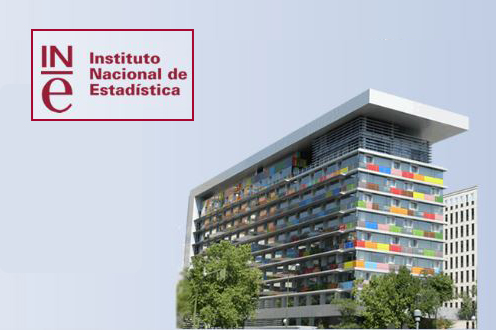This growth has been more balanced, given that the foreign trade sector made a GDP contribution of 0.8 points thanks to an 8.4% increase in exports, the highest rate seen in the last six years. Spain is maintaining a high growth differential vis-a-vis the Eurozone and is now nearing the pre-crisis all-time GDP high.
With these data from the first quarter of the year, the Spanish economy is starting its fourth year of economic recovery. The 0.8% quarter-on-quarter rate and 3% year-on-year rate mean eight consecutive quarters of growth at or above these figures. This means that economic activity remains strong at the start of 2017 and, according to currently available indicators, will continue to do so into the second quarter based on cautious estimates. If this trend continues, the forecast made by the Government of Spain in the Stability Programme submitted to Brussels will be comfortably met, which estimates average annual growth of 2.7% in 2017.
This also maintains Spain's favourable growth differential vis-a-vis the Eurozone average, which, according to the latest Eurostat data, stands at 0.5% quarter-on-quarter and 1.7% year-on-year. It also exceeds the growth data from such major countries as Germany (1.7% year-on-year and 0.6% quarter-on-quarter), France (0.8% and 0.3%) and Italy (0.8% and 0.2%), as well as the United Kingdom (2.1% and 0.3%). The pace of growth in Spain means that this first quarter of the year saw a revenue level very close to the pre-crisis all-time high, with the latest indicators showing that this figure will be surpassed in the second quarter.
The main driving force behind economic growth in Spain is domestic demand (contribution of 2.2 points), but the composition is a little more balanced due to the contribution from the foreign trade sector rising for the fourth consecutive quarter. Household consumption fell half a point year-on-year to 2.5%, while public consumption remained stable (0.1%). Investment increased (3.8%, up 1.6 points), especially that aimed at capital goods, which rose by over two points to 5% year-on-year. Investment in construction grew by 1.1 points to 3%. The foreign trade sector accounts for 0.8 points, given that exports rose (8.4%) significantly more than imports (6.4%), which reflects an increase in competitiveness by the Spanish economy.
Employment rose by 2.5%, two-tenths less than in the previous quarter, which represents the net creation of 435,000 full-time equivalent jobs in the last year. Considering the associated average working hours trend, there has been a three-tenth increase in the year-on-year rate of hours effectively worked, standing at 1.8%. The wage-earner remuneration rate rose from 2.9% to 3.1% year-on-year and the average per wage-earner rose by 0.4%, compared with 0.1% in the fourth quarter of last year. The unit labour cost stands at -0.1% in the first quarter.





